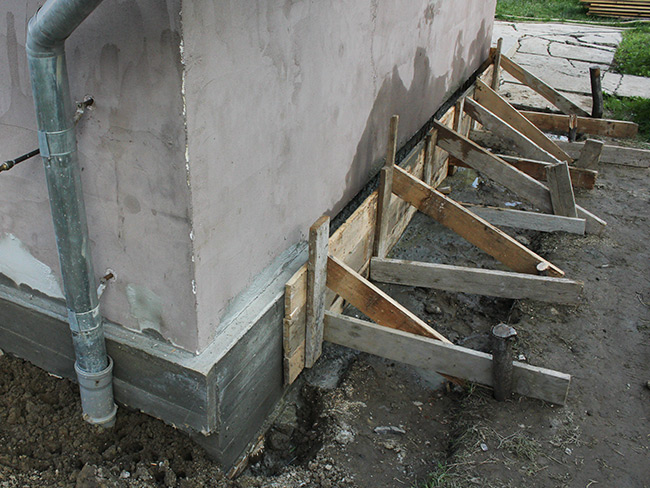Concrete slab foundations can save money when building a home, yet can cost significantly to maintain over time.
Because plumbing encased in concrete makes leak detection and repair more challenging than with crawl space or basement foundations, this poses an inherent downside for these foundations. Find out more about Underpinning Melbourne services.
Cost
Concrete slab foundations can be relatively cost-effective to construct due to minimal site preparation and form work needed, in comparison with other foundation types. However, installation of heating and air conditioning ductwork through the floor rather than above it can be more expensive; furthermore due to typically being lower to the ground houses typically need more insulation to retain heat.
Cost of building a concrete slab foundation varies widely, depending on where you live, type of concrete used and local labor costs. Consult a contractor in your area to assess costs associated with laying one down. Slab foundations that require extra stability or are constructed on unstable soil may need steel rebar reinforcement which may increase costs by $2 to $3 per square foot. This measure may be particularly important for older houses built with slab foundations that may shift due to shifting.
Durability
Slab foundations are constructed using concrete reinforced by steel rods to make them durable and less likely to crack over time, making them an excellent option for homeowners seeking lower maintenance costs and long-lasting structures that resist mold, mildew and pest damage.
Builders usually lay a slab foundation before beginning construction of their house on it, clearing away rocks, tree roots and any debris before leveling and draining water efficiently from underneath. Furthermore, gravel may be added to keep concrete stable and reduce moisture buildup.
Iron rods and rebar are installed into concrete prior to its poured. A plastic sheet is then placed between it and soil in order to keep moisture and debris at bay. Builders may run gas and water lines beneath the slab, although air/heating ducts must still be run through the ground floor, which reduces living space.
Accessibility
Homebuilders often build concrete slabs on footings buried deep in the soil. These footings typically span 2 feet long by 4 to 6 inches deep and contain reinforcement. After pouring and curing a concrete slab is added. This spreads the load from exterior walls directly onto the soil underneath; ideal in warmer climates with good soil drainage systems.
Slab houses provide many advantages, including lower costs and maintenance expenses, but may not be as energy-efficient due to ductwork that must run across their ground-floor ceiling.
Although slabs are designed to prevent settling, soil beneath them may shift and create problems. Moisture from below may rise through the concrete slab and cause stains or mildew to form in living spaces. Proper site preparation is key to avoiding such issues, along with placing a plastic barrier between soil and the concrete slab so no moisture enters from outside.
Maintenance
Concrete slab foundations are cost-effective and simpler to maintain than other foundation types, without the hassle of maintaining a crawl space for pests or moisture issues. Your utility bills will also decrease since no heating needs are necessary for heating air in a crawl space compared to traditional foundations.
Slab foundations may face issues with moisture and drainage due to concrete’s porous nature absorbing moisture and vapor from soil below, leading to moisture build-up in the form of leakage or seepage that absorbs into wooden framing, leading to costly issues like rotting. Water management techniques must be implemented immediately in order to address and remedy these problems effectively.
There are various methods for repairing a slab foundation, and each has its own set of advantages and disadvantages. Selecting a contractor who knows which method best fits your situation is essential to long-lasting repairs – for instance pouring concrete, resurfacing or using pressed pilings are among them.

